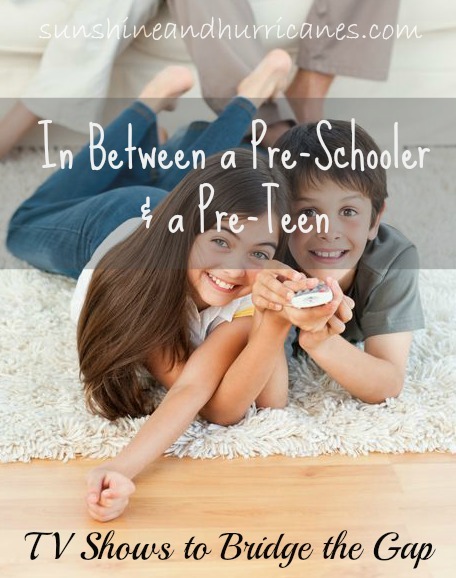Charter schools do not equal education reform
As Philadelphia’s Superintendent of Schools, I recommended the approval of more than 30 charter schools because I thought it would improve educational opportunity for our 215,000 students. The last 20 years make it clear I was wrong.
Those advocating change in Maryland’s charter law through proposed legislation are equally committed to educational improvement. They are equally wrong. New policy should not build on current inequities and flawed assumptions, as the proposed charter law changes would do.
Mixed academic results: Charters, on the whole, do not result in significant improvement in student performance. It’s mixed at best. In some evaluations, charter schools overall actually underperform regular public schools.
cComments
Mr Hornbeck, thank you for writing this. Now that the damage has been done here in Philadelphia, articles like yours might help turn the tide for our district. Philadelphia School District is already $80 Million in the red for next year’s budget; much of our financial problems are caused…
Funding and unequal opportunity: Charter funding is also negatively affecting regular public schools. Charter advocates rely on the premise that as money flows from a regular school to a charter school, the costs of the regular school go down proportionately. Sounds good; it’s just not true. Costs in schools sending students to charters cannot shift as fast as students and revenue leave. The costs for the principal, heating, lights, building debt and many other things remain; thus, the remaining children face the prospect of larger class sizes and cuts to core academic programming, music, art and other inequities. Opportunity for the 13,000 charter school students in Baltimore City is in part funded by the loss of opportunity for the remaining 70,000 students without a commensurate performance improvement by charter school students.
According to Moody’s Investors Service, charter schools pose the greatest credit challenge to school districts in economically weak urban areas and may even affect their credit ratings.
Further, the proposed legislation also assumes all students cost the same to educate. Again, not true. It costs more to provide a quality education to some, such as those with severe disabilities, who are rarely served by charter schools, leaving traditional schools to disproportionately bear this cost at the expense of all students.
States with “stronger” charter laws are not doing better: Advocates say we need a “stronger” charter law, noting that Maryland ranks near the bottom. Pennsylvania’s law is ranked much higher, yet its charter growth is contributing significantly to a funding crisis that includes draconian cuts to teachers, nurses, arts, music and counselors in Philadelphia.
We need the best and brightest teachers: The proposed “stronger” law undermines collective bargaining that protects teachers from politics and favoritism and has been crucial to improvement in compensation and benefits. It would create a two-tiered system in which charter teachers would have to organize and bargain separately with each charter opting out of the larger system’s contract. Unionization is not the problem. There are no unions in many of the nation’s worst educational performing states. All schools, charter or traditional, must pay competitive salaries and benefits to attract experienced, skilled teachers who can succeed with all children.
Charters do not serve students with the greatest challenges: Charters will be quick to point out they enroll high percentages of low-income students. Some do. However, the citywide charter lottery inherently skims. Every student chosen has someone (parent, pastor, friend) who encouraged and is advocating for her/him to apply and succeed. That fact by itself creates a select pool of students and a corollary depletion of those students in non-charter schools.
The expansion of state board authorizing power is not needed: There is no evidence that states with separate or multiple authorizers have charter schools that outperform states with single authorizers. The only discernible difference between single and multiple authorizer states is that the latter have more charter schools.
One detriment of more charters from multiple authorizers is the potential incoherence in the local system. Maryland’s constitution calls for a thorough and efficient system of education. Local school systems have the front line responsibility for delivering on that promise. That’s why, when a local charter fails, the local system picks up the children.
Charters are not substitutes for broader proven reforms. In fact, chartering is not an education reform. It’s merely a change in governance. A charter law doesn’t deal with the hard and often costly slog of real reform. We know from research and experience what works to build schools with thriving students:
•High standards;
•Quality teachers;
•Prekindergarten for 3 year olds;
•Lower class sizes through the third grade;
•Attacking concentrated poverty through community schools; after school programs; more instruction time for students who struggle; home visitation programs; and high quality child care.
Let’s do what we know works.
David W. Hornbeck was Maryland State Superintendent of Schools from 1976 to 1988 and Philadelphia Superintendent from 1994 to 2000). His email is dhornbeck1@comcast.net.




 President Barack Obama delivers remarks on protecting consumers and families in the digital age, at the Federal Trade Commission in Washington, D.C., Jan. 12, 2015. (Official White House Photo by Pete Souza)
President Barack Obama delivers remarks on protecting consumers and families in the digital age, at the Federal Trade Commission in Washington, D.C., Jan. 12, 2015. (Official White House Photo by Pete Souza)




























































